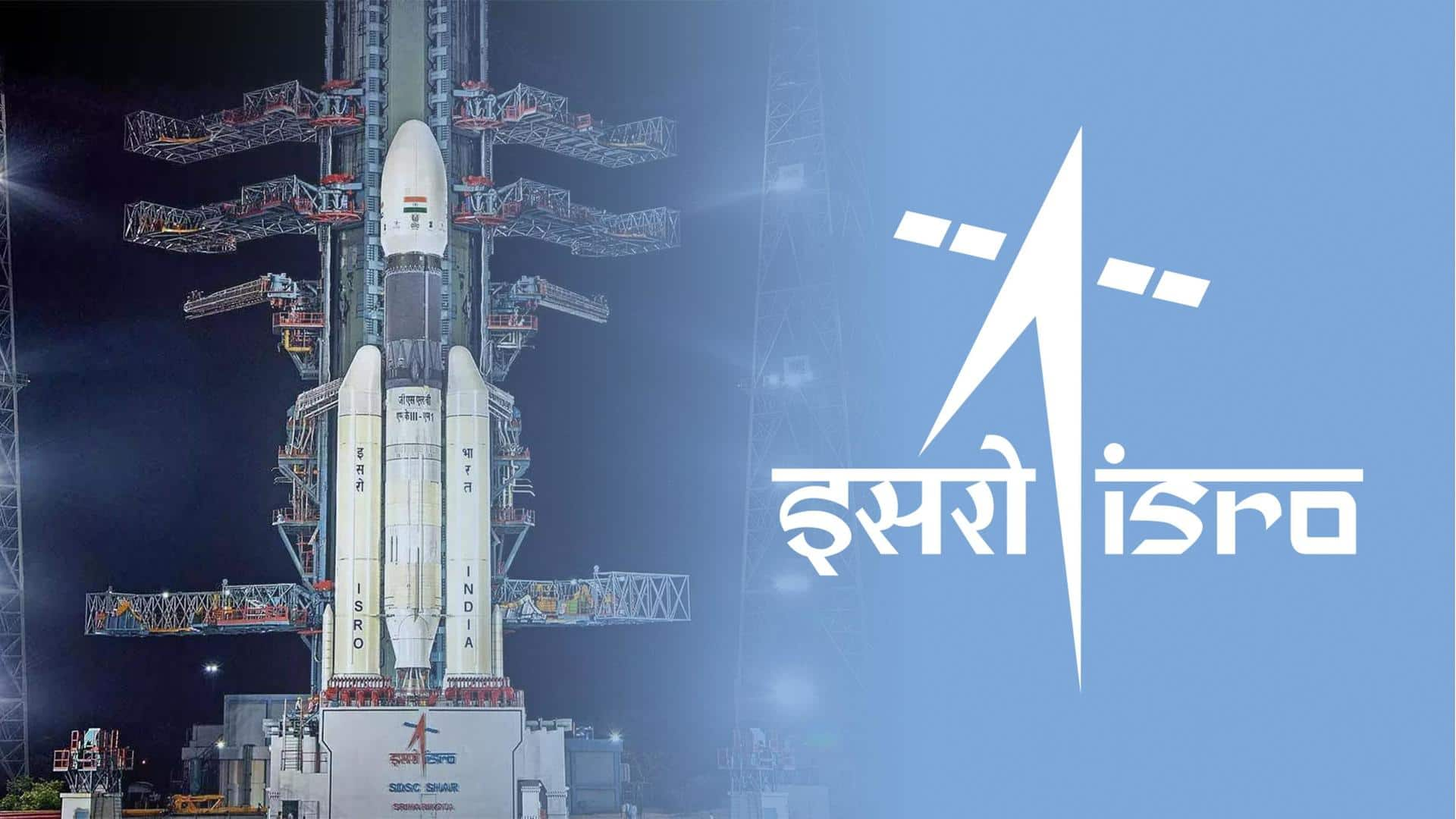
Chandrayaan-3: ISRO successfully conducts key engine test for propulsion
What's the story
The Indian Space Research Organization (ISRO) has added yet another feather to its cap. The organization has successfully conducted the flight acceptance hot test of the CE-20 cryogenic engine. It will fuel the cryogenic upper stage of Chandrayaan-3's launch vehicle. The test was carried out at the ISRO Propulsion Complex in Mahendragiri, Tamil Nadu on February 24. Here are more details.
Context
Why does this story matter?
Chandrayaan-3 is a lunar exploration mission by ISRO and its most ambitious project yet. Moon is a key exploration body and this is India's chance to make its mark. To make this project a success, Chandrayaan-3's propulsion module has to work flawlessly as it will carry the lander and rover till 100km lunar orbit. We hope the mission is fruitful.
Details
A bit of info about the test
On February 24, ISRO conducted the hot test for 25 seconds at the ISRO Propulsion Complex's High Altitude Test Facility. The agency found the propulsion parameters when the test was underway to be "satisfactory and closely matched with predictions." The cryogenic engine will now be integrated with stage structures, propellant tanks, and fluid lines to give shape to a fully-integrated cryogenic stage.
Goal
What is Chandrayaan-3?
The Chandrayaan-3 will be the successor to the Chandrayaan-2 mission of 2019. ISRO will launch it in June from the Satish Dhawan Space Centre, Andhra Pradesh via the Launch Vehicle Mark 3 (LVM3) rocket. It aims to demonstrate India's capability in landing and roving on the surface of the Moon; a feat already managed by countries like the US, China, and Russia.
Contents
Chandrayaan-3 mission will have 3 modules
The Chandrayaan-3 will comprise three modules: propulsion, a lander, and a rover. To note, the lander underwent an Electro-Magnetic Interference/Electro -Magnetic Compatibility (EMI-EMC) test at the U R Rao Satellite Centre, Bengaluru earlier this year. The examination was done to check whether the satellite subsystems were functional when exposed to a space-like environment and whether they were compatible with the expected electromagnetic levels.
Information
What components were checked during the EMI-EMC test?
During the EMI-EMC test, ISRO checked for launcher compatibility, standalone auto compatibility for orbital and powered descent mission phases, and rover compatibility for the post-landing mission stage. The antenna polarisation of all radio-frequency (RF) communication systems was also monitored.